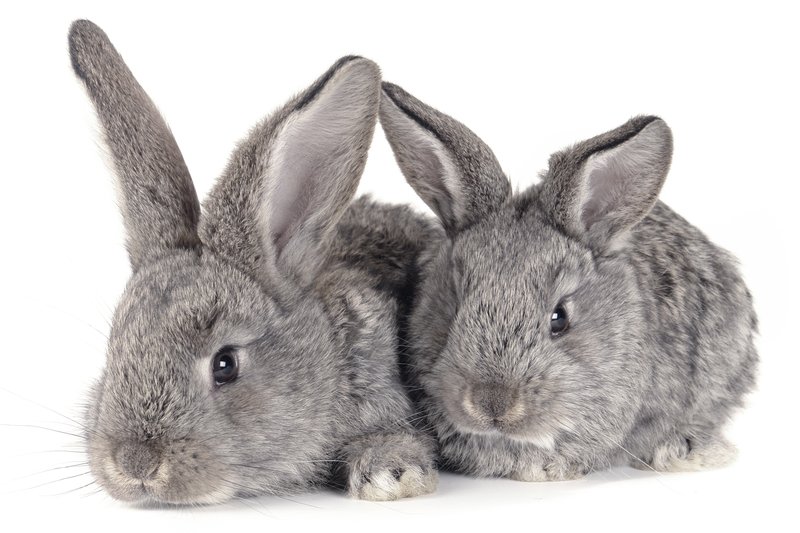Before you introduce a second rabbit, you must ensure the safety of your pet and its new companion. Aggression may happen if both of them are not ready yet. In this post, you will learn the proper steps for introducing a rabbit companion to your furry pet. You will also discover how to repair a broken bond and strengthen it.
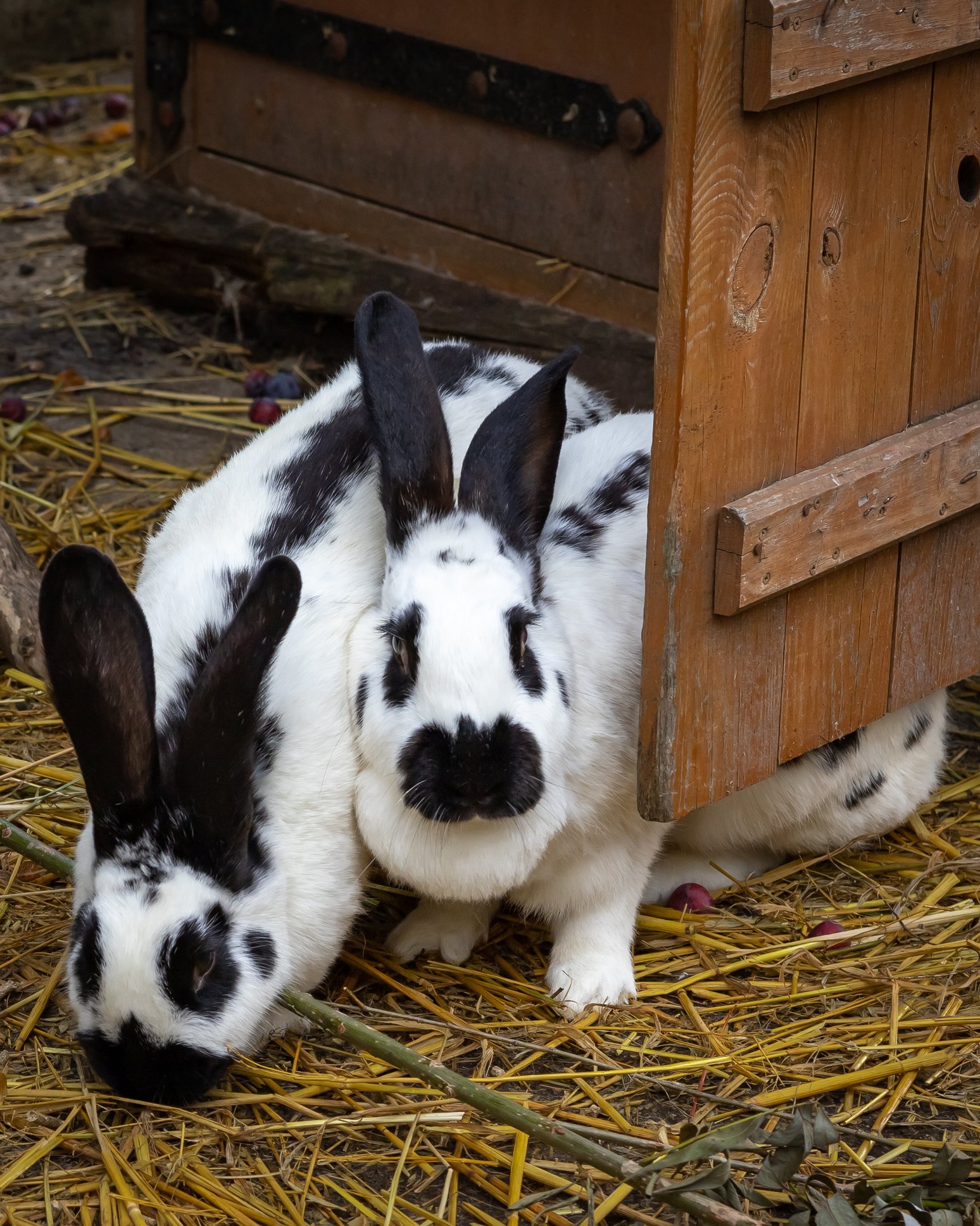
Select the Right Rabbit Companion for Your Pet
As a friendly pet, having a companion will help your bunny thrive. Rabbits can experience loneliness and depression. Thus, it is better to introduce a second rabbit for your pet. Every rabbit has a unique personality, so choose the best companion. Rabbits of the same breed quickly get along. If you want a bunny of a different breed, ensure it is not aggressive. Some are territorial, especially if they are descendants of wild rabbits. Fortunately, there are a wide variety of friendly rabbits that you can select.
Although some pet owners choose guinea pigs as companions for their pets, it is not a good idea. In fact, you may have to spend more because of their differences in dietary requirements. Aside from that, other bunnies don’t get along with guinea pigs. They are more robust, so they can kill the guinea pigs.
The best companion for your pet is a spayed or neutered bunny. It is less territorial compared to those that are unneutered and unspayed. Neutering or spaying your bunnies will also prevent reproductive cancers and unwanted pregnancies.

Prepare to Introduce a Second Rabbit
Before you introduce a second rabbit, you must prepare it. First, ensure that both bunnies are neutered or spayed. The bunnies must be spayed or neutered for two to six weeks before being introduced to one another. You must also desex young bunnies. Once they reach sexual maturity, there is a bigger chance they will fight. It could even break the bond with their rabbit companions.
Never put the second rabbit on your pet’s hutch right away. Give them time to become familiar with each other’s scent. Thus, it would be better to place the new bunny in an adjoining enclosure. It would also be a great opportunity for both of them to see each other without hurting each other. Putting hiding places on both hutches is also recommended. They would provide safe spots for your bunnies, especially if they feel threatened.
You must also check the behavior of the rabbits to see if they are ready to meet each other face-to-face. If you have a female and a male bunny, you may see them courting each other. Behaviors that show that your bunnies are courting are circling and honking. You may also notice them touching their noses through their cages.
Depending on the rabbits, it may take days or weeks before letting them see each other face-to-face. Be patient and let your pets take their time adjusting to one another. Introducing them too early may result in fights and aggressiveness. If you think they are getting along, let them meet but under your supervision.
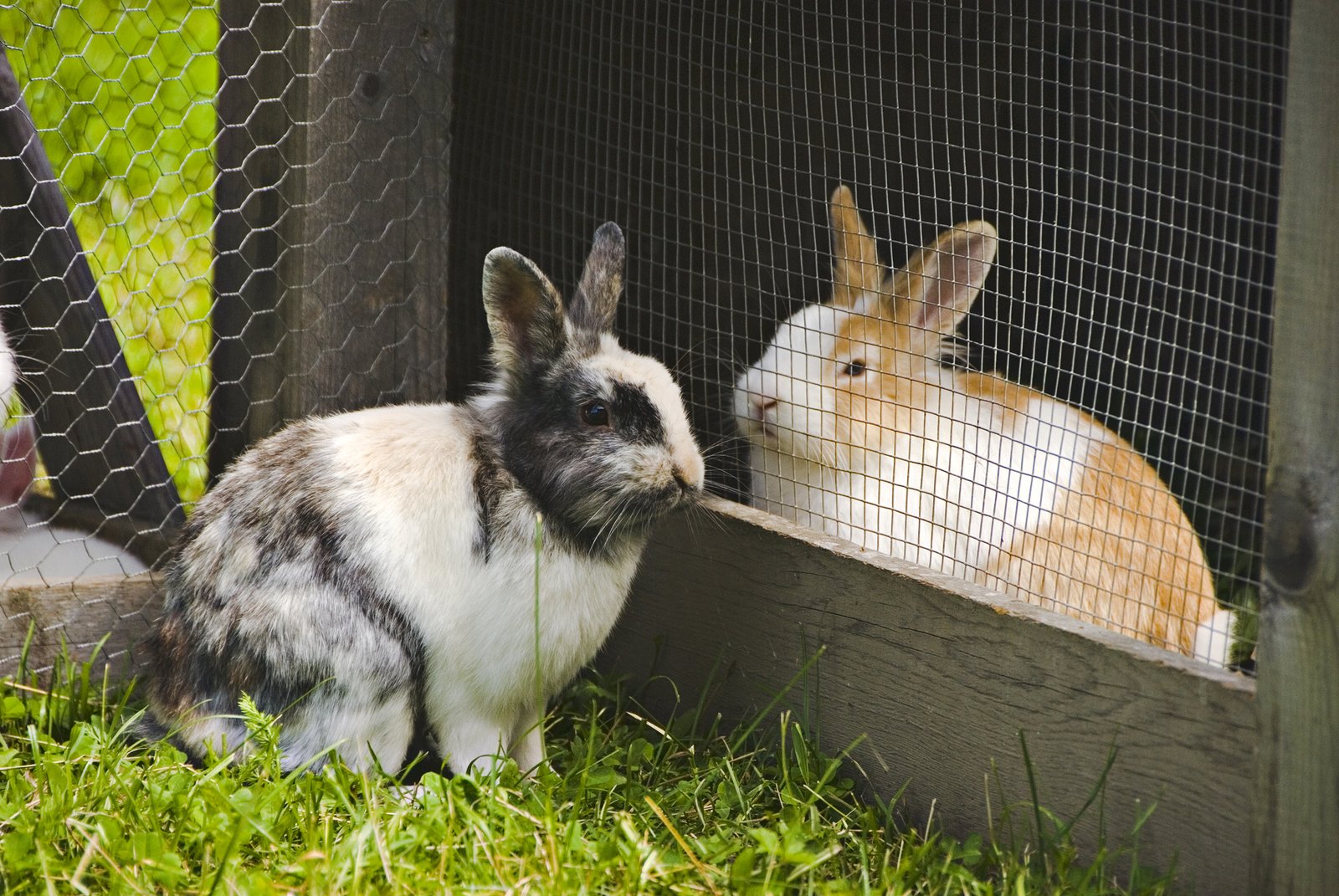
Face-to-Face with a Second Rabbit
Once the rabbits get used to each other’s presence, you can make them meet for a short time in a neutral area. The area must be a place that neither of the bunnies has ever inhabited. You can let them meet in your bathroom or an empty room. Ensure that there are no objects that they can knock off. As much as possible, make the room rabbit-proof to avoid injuries. You should also put the bunnies in a cardboard box with a hole in case one gets scared.
Supervise the rabbits while they are interacting. Three things may happen after introducing your pets to one another. First, one may exert dominance by sniffing, circling, or mounting the other bunny. The alternative scenario is that they would attack each other. Intervene immediately if this situation arises. It is also possible that your bunnies will enjoy each other’s company on their first meeting.
Never allow any negative behaviors to escalate. The fight may lead to critical rabbit injuries. Remove the other bunny from the neutral area once they start hurting each other. If this happens again, you can spray both to encourage grooming. Hence, they can begin forming a bond.
Let your rabbits meet at the neutral area daily. They should be in each other’s presence for at least 10 to 20 minutes. Once they get used to each other, you can let them bond for at least 30 to 40 minutes. You can also plan a fun activity for both, such as hiding vegetables. A sign that the rabbits are already bonded is when they start grooming each other.
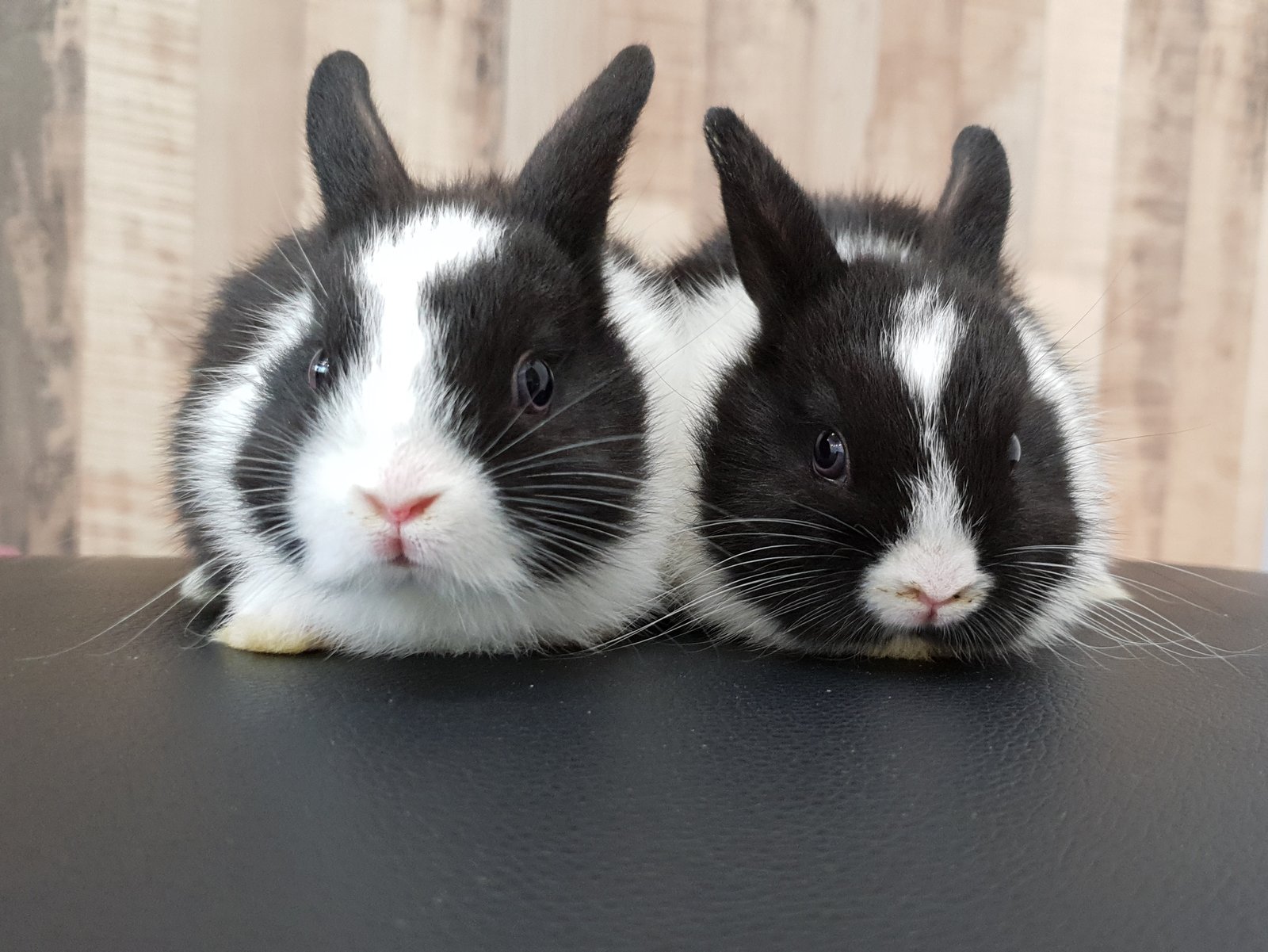
Move them into one hutch
If you think that the rabbits are already getting along with each other, you can now move them into one hutch. Ensure that the enclosure can accommodate two bunnies. The minimum enclosure for two rabbits must be at least 3 m by 2 m by 1 m. It must be large enough for them to stretch and hop comfortably. Placing them in a small hutch together can cause your pet distress. They may also get into fights more often.
Complete cage supplies are also necessary. Also, feed them enough food and water to prevent them from fighting over their daily portions. Putting ramps inside the hutch will encourage the bunnies to exercise and play.
Although your bunnies are already getting along well, you must keep observing them for a few days. A little bit of mounting and chasing are normal reactions. However, you must separate them if they start getting into fights. Scratching, biting, and trying to harm each other are not good signs. You need to repeat the bonding process until they become bonded pairs.
Bonded rabbits are relaxed and happy with each other’s company. If your bunnies love to be together, you have successfully introduced a second rabbit. Bunnies with companions flourish socially, making them easier to approach and handle. Remember, you should keep them together wherever they go.
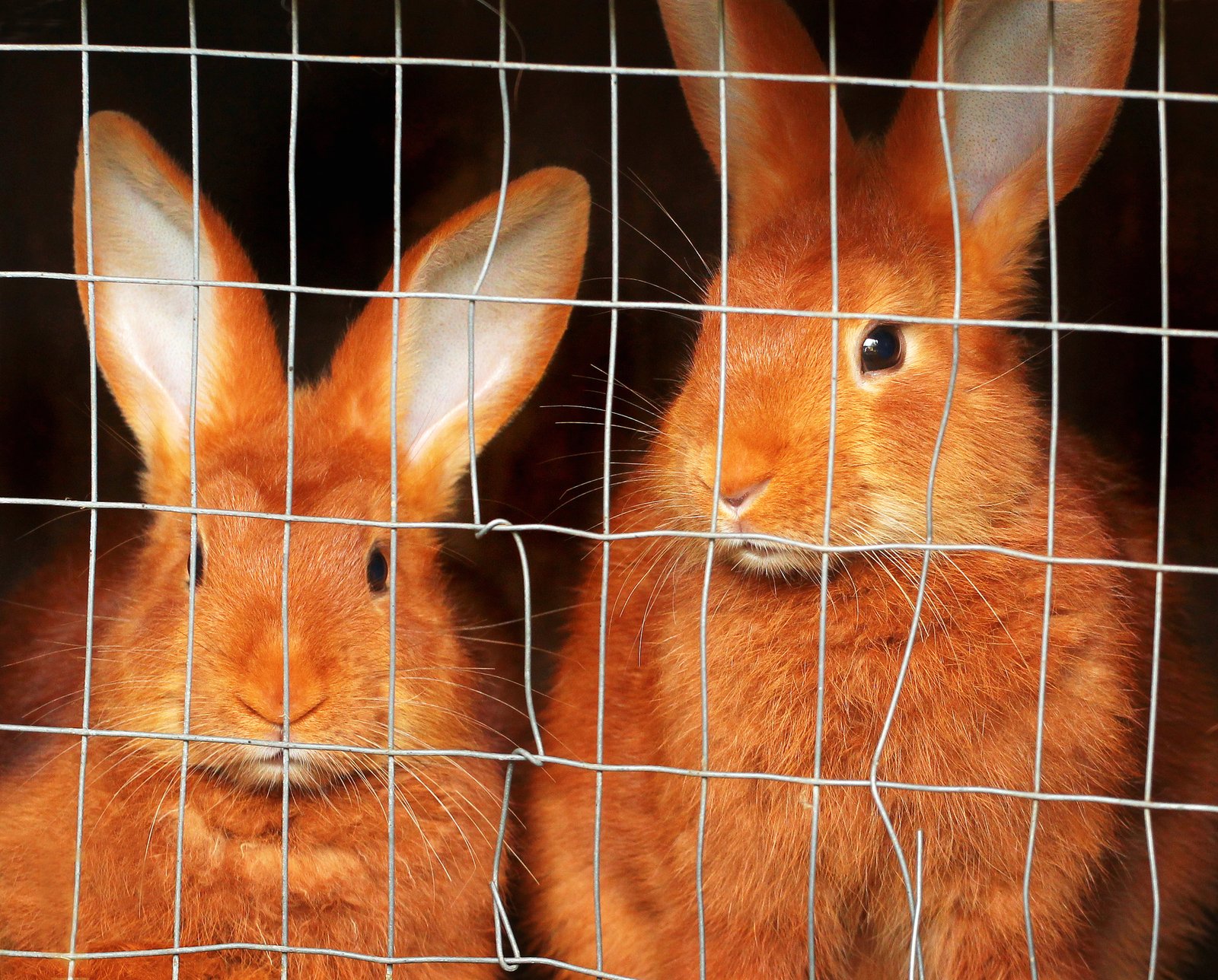
Strengthen your rabbits’ bond
A bonded pair should never be separated unless they start fighting with each other. Keeping both of your pets healthy and happy can help strengthen their bonds. You must give them enough food so they won’t fight over their daily portions. They can also play and bond more often if both are strong and in good condition.
Like humans, rabbits can also get jealous. Hence, you must treat and love them equally. Instead of spending time with only one of them, you must give enough attention to both pets. Don’t let them feel that they need to compete for your attention. Treat each one of them as part of the family.
You can also schedule an activity for your rabbits to prevent them from becoming bored. Bunnies that experience boredom can sometimes be destructive. Let them play and exercise outdoors with your supervision. You can also put toys inside their enclosure to keep them busy and occupied.
Repair a broken bond
Unfortunately, rabbits can have broken bonds due to illness or separation. Other reasons are maturation or change in the group or routine. There are indications that your bunnies have broken their bond. You may see them chasing each other, and one of them is hiding more often. They may also prefer to isolate themselves rather than interact.
To repair the broken bond, you can try split mixing. You can use this method by erecting a thick barrier between the two bunnies. This technique will make them smell each other while preventing them from fighting. Being familiar with each smell can help them bond. Experiment with smelling swapping by switching out their litter trays and beddings.
If this method only makes them more frustrated, try to start over with the bonding process. Although it may take a while to repair their bond, you never give up. Having a rabbit companion is helpful for both bunnies. It will make it easier for your pets to cope with stressful situations. If one of the bunnies dies, it is better to introduce a second rabbit.
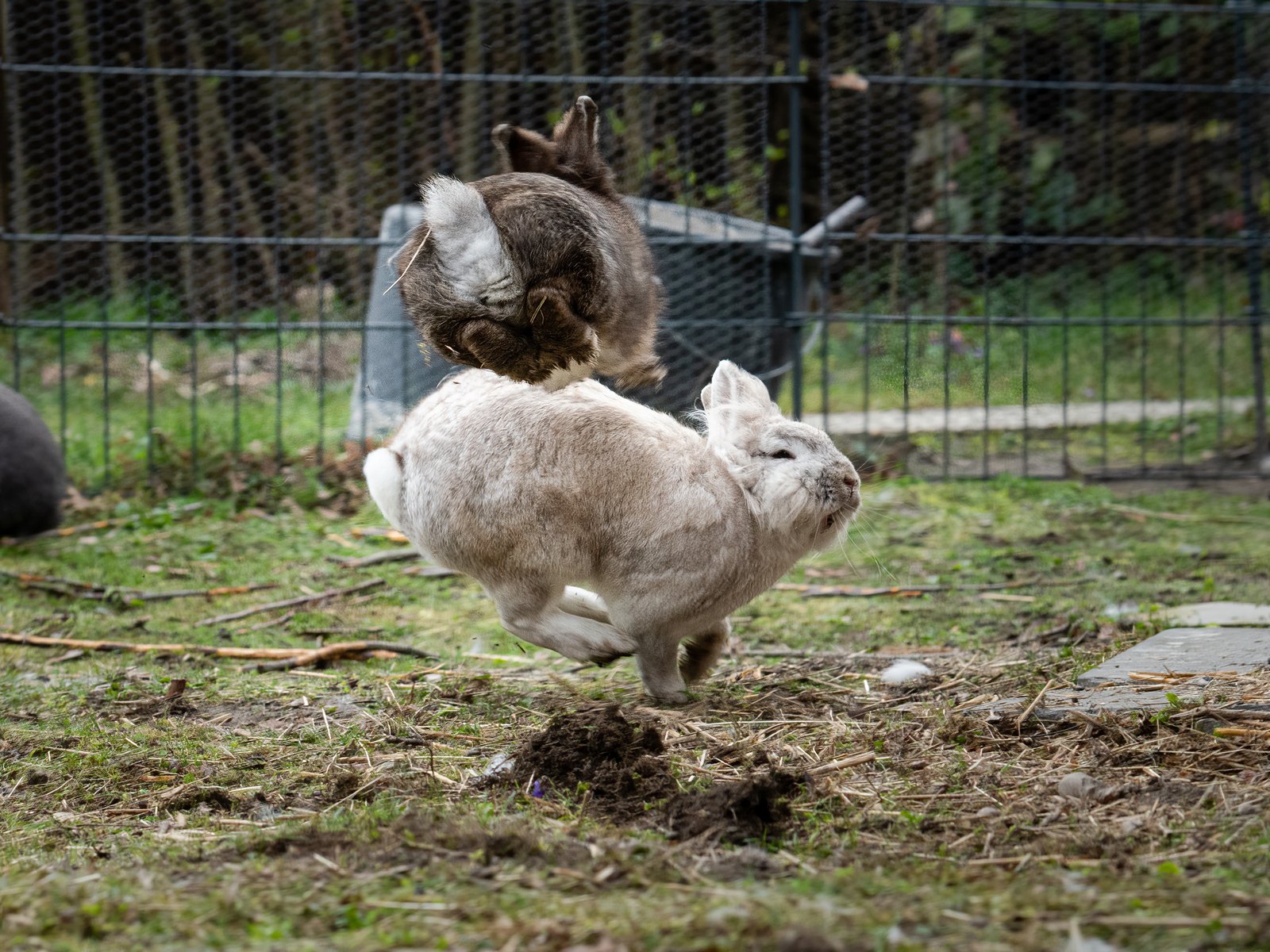
Frequently Asked Questions
Can I introduce a second rabbit if my pet is aggressive?
It is possible to introduce a second rabbit even if your pet is aggressive. One option is to place both of them in the backseat of a moving car. Although it is a scary experience for your bunnies, they may snuggle with each other, creating a bond. You can also put them at the top of a running dryer. But make sure that they won’t fall.
Should I just let my rabbits fight?
Never let your rabbits fight since it may lead to critical injuries. Once you have seen that a negative behavior escalates, it would be better to separate them. Nipping and scratching are signs of aggression that you should never ignore. If your bunnies don’t want each other, give them time to get used to each other’s presence, but in separate hutches.

Conclusion
Your pet rabbit can flourish if you introduce a second rabbit to it. However, you should do it correctly to prevent the bunnies from fighting. Although it may take some time, never give up. Having a rabbit companion can make your pet happier and more relaxed. It can also help your bunny cope with stressful situations more easily.

